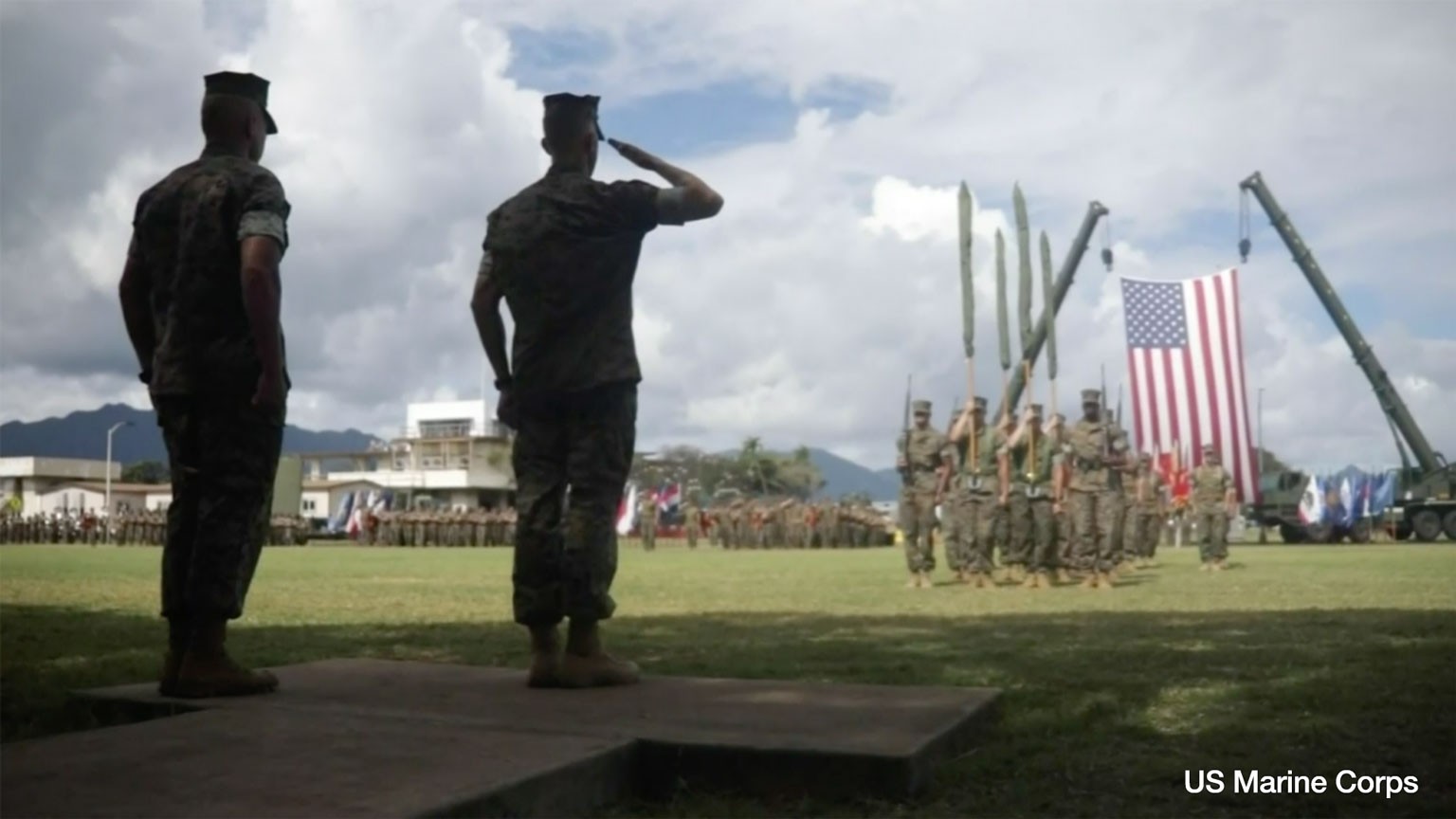Maritime and coastal warfare
The strategy behind the MLR is detailed in "Force Design 2030," a military realignment plan released by the US Marine Corps in 2020. The document's opening sentence explains the background:
"The 2018 National Defense Strategy redirected the Marine Corps' mission focus from countering violent extremists in the Middle East to great power/peer-level competition, with special emphasis on the Indo-Pacific. Such a profound shift in missions, from inland to littoral, and from non-state actor to peer competitor, necessarily requires substantial adjustments in how we organize, train, and equip our Corps."
The "competition" is China, which has rapidly expanded its military presence in the region. Taiwan, which China claims as part of its territory, is seen as a potential flashpoint. The island is part of the first island chain, a geographic security designation that is part of Beijing's security policy.
Until now, the Marine Corps' main battleground has been the Middle East and Afghanistan. Drastic changes are now underway in an all-out effort to counter China.
The focus has shifted to maritime warfare: "The Marine Corps must be able to fight at sea, from the sea, and from the land to the sea; operate and persist within range of adversary long-range fires; maneuver across the seaward and landward portions of complex littorals; and sense, shoot, and sustain while combining the physical and information domains to achieve desired outcomes," states the military plan which defines the MLR.
Preparing for combat on remote islands
In January last year, the US military established the first MLR unit in the state of Hawaii with about 2,000 personnel organized into three elements:
- A Littoral Combat Team that operates alongside an infantry battalion and is equipped with an anti-ship missile battery
- A Littoral Anti-Air Battalion designed to provide air defense
- A Littoral Logistics Battalion responsible for tactical logistics support
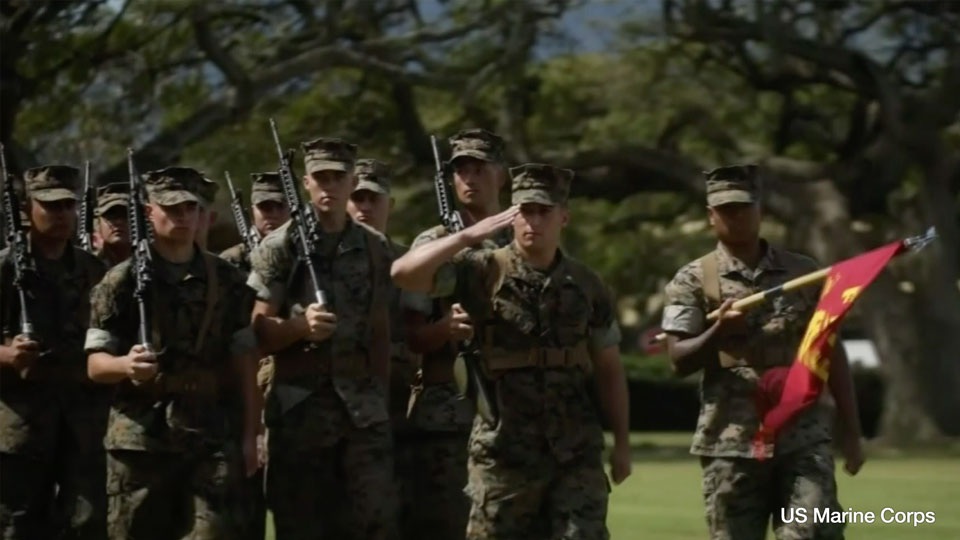
Those three elements can be sent to remote islands even before a contingency occurs. They are responsible for facilitating the deployment of larger units standing by, through intelligence gathering, establishing bases and even carrying out offensive maneuvers.
Training in the Philippines
In April this year, a joint exercise was held in the Philippines. It was called "Balikatan" which means "shoulder-to-shoulder" in the local Tagalog language.
It became the first major joint exercise with another country's military for the Hawaii-based MLR unit. Officials from 11 countries, including Japan, were invited as observers.
On the island of Luzon, a live ammunition wargame was conducted at a Philippine military facility that has a varied topography. Around 130 MLR soldiers divided into smaller groups conducted a coordinated artillery attack on a target several kilometers away.
In that scenario, helicopters and other aircraft would then join in, enabling the troops to advance.
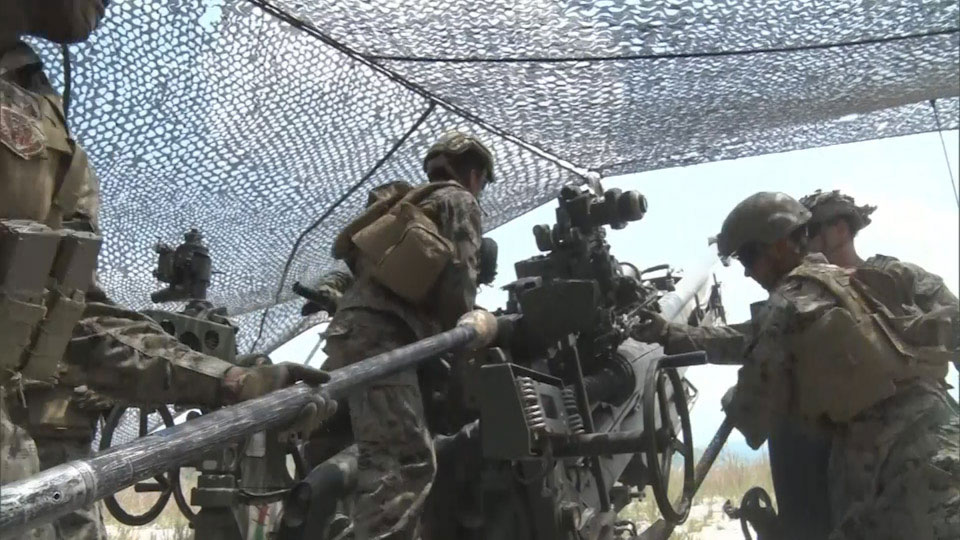
One of the key concepts behind the MLR is its ability to break down into small groups. The strategy is a response to China's military buildup, with the US no longer enjoying the air and sea superiority it has had in the past.
Larger units are regarded as an easy target for enemy missiles, with greater potential for damage.
Small groups of MLR soldiers can move quickly without detection.
Alongside allies
During the training with the Philippine military, the MLR worked closely with its allies. Like the Americans, the Filipinos operated in smaller groups.
It was a single mission, with all the groups joining forces to operate as one under a single chain of command.
The MLR is described by the US military as "tailored" to serve as an enabler for allies and partners. Each of the groups that it can break down into has the ability to be self-sufficient. The MLR is not designed for solo operations.
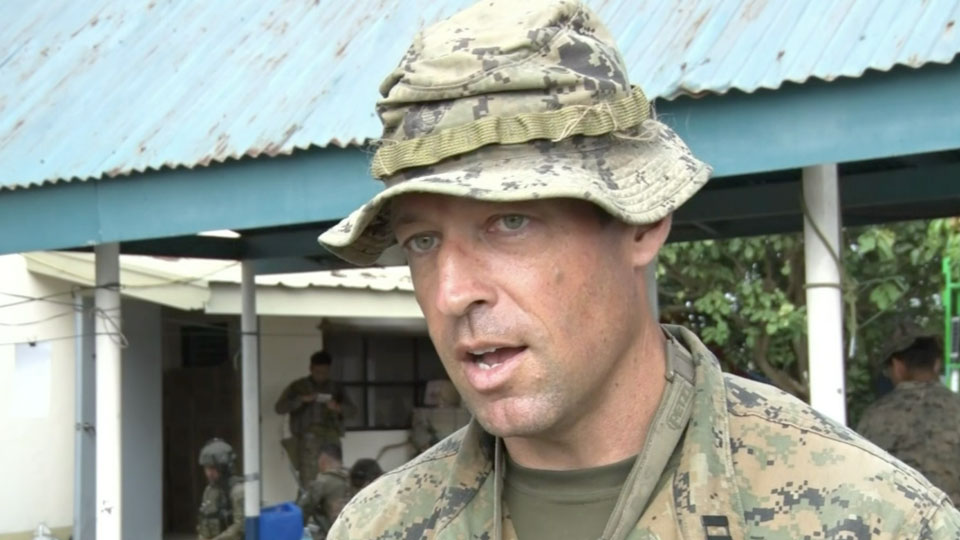
"Nothing we're doing as the MLR will ever be in isolation," explained Captain Ronald J. Lienhardt, the Fires and Effects Controls Officer, 3rd Littoral Combat Team, 3rd Marine Littoral Regiment.
He described the exercise in Luzon as "very coordinated and very difficult," but an important step forward for the newly designated unit. "It'd be foolish to not work with all the people we will undoubtedly fight with," he said.
"Fewer bases, more places"
During the exercise, Cagayan North International Airport on the northern tip of Luzon hosted rows of US Marine Corps tents lined up on the tarmac. It's normally a civilian facility.
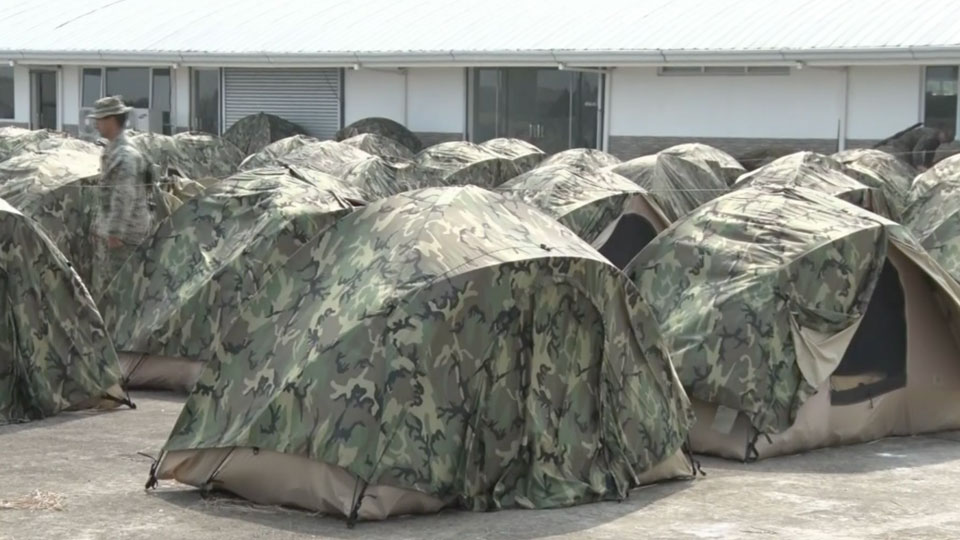
Inside the terminal, more than 200 Marines received a lecture, sitting on airport benches where the quarantine and baggage inspection equipment is located.
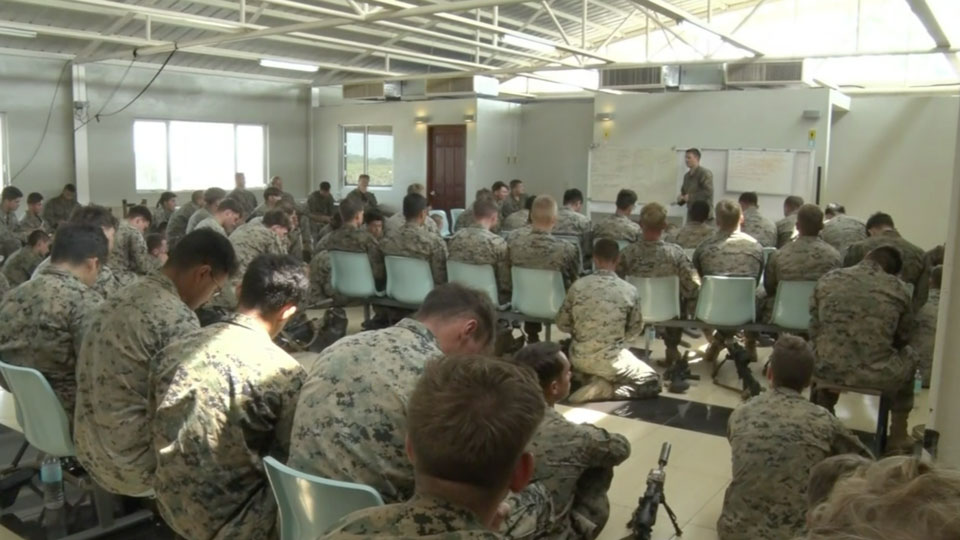
The scenes represent the way the MLR operates with a mantra, "fewer bases, more places."
By downsizing the size of its operational units, the MLR can use existing infrastructure, such as civilian airports, as a base, positioning themselves closer to the enemy.
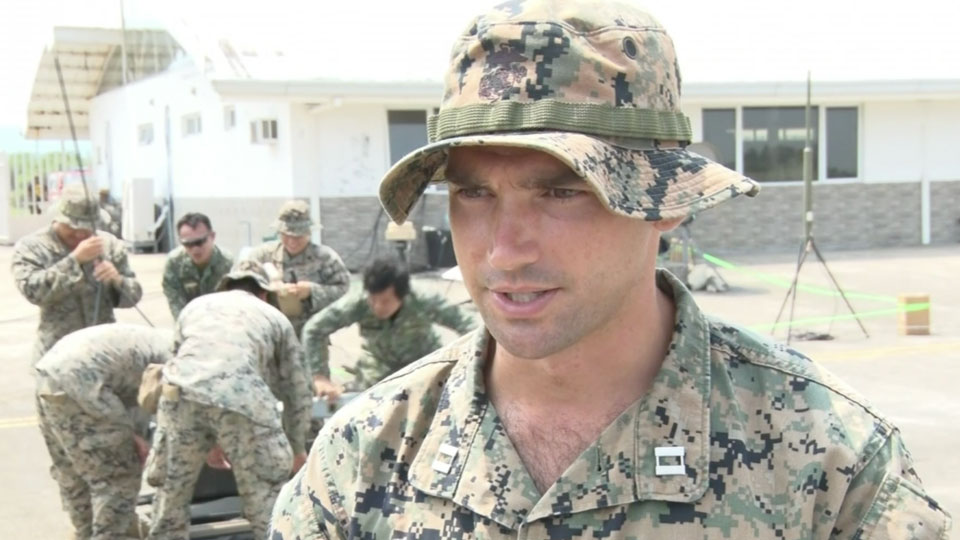
Capt. Robert Patterson, Company Commander, 3rd Littoral Combat Team, 3rd Marine Littoral Regiment, said the airport his troops commandeered, alongside Filipino forces, "is strategic for many reasons."
"This actually ended up providing a great training area as we could work on some of our jungle skills in coordination with the Filipino Marine Corps who know this area very well. I think developing relationships in northern Luzon is extremely important," he said.
In an agreement announced in February, the Philippines is granting the US expanded base access and an increased presence. The US can now operate out of nine bases there, three of which are in the north, near Taiwan.
Working with Japan
According to the Japanese government, the MLR has a significant role in strengthening the deterrence and response capabilities of the Japan-US alliance in the midst of China forwarding its advances into the East and South China Sea.
The Japanese Ground Self-Defense Force (GSDF) plans joint training exercises with the US in the Nansei Islands, a chain that includes Okinawa and stretches as an arc between the East China Sea and Philippine Sea.
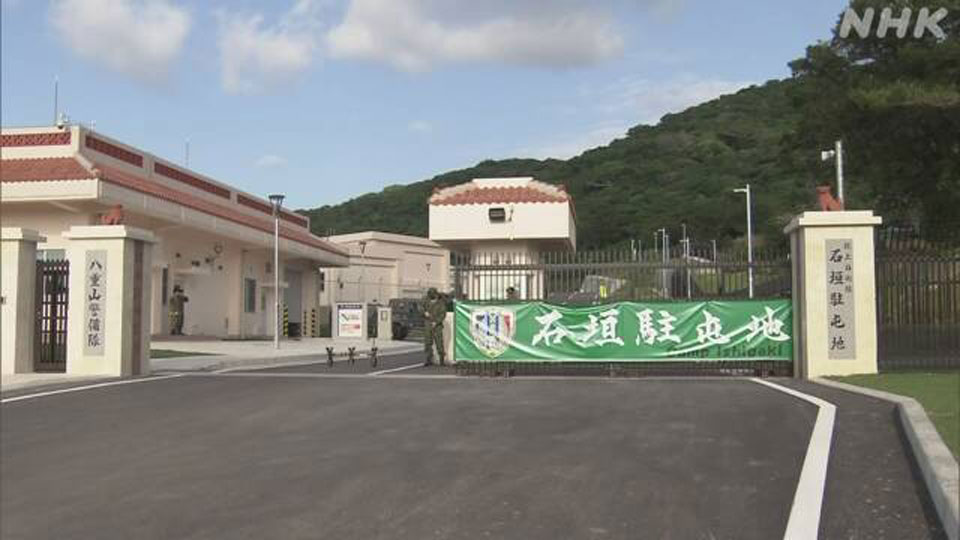
Over the last few years, Japan has built GSDF facilities on Ishigaki and Yonaguni islands — both part of Okinawa Prefecture — close to Taiwan. They could host US forces in the event of a regional conflict.
Japan-US security expert Sato Heigo, a professor at Takushoku University, notes: "I think cooperation is already assumed."
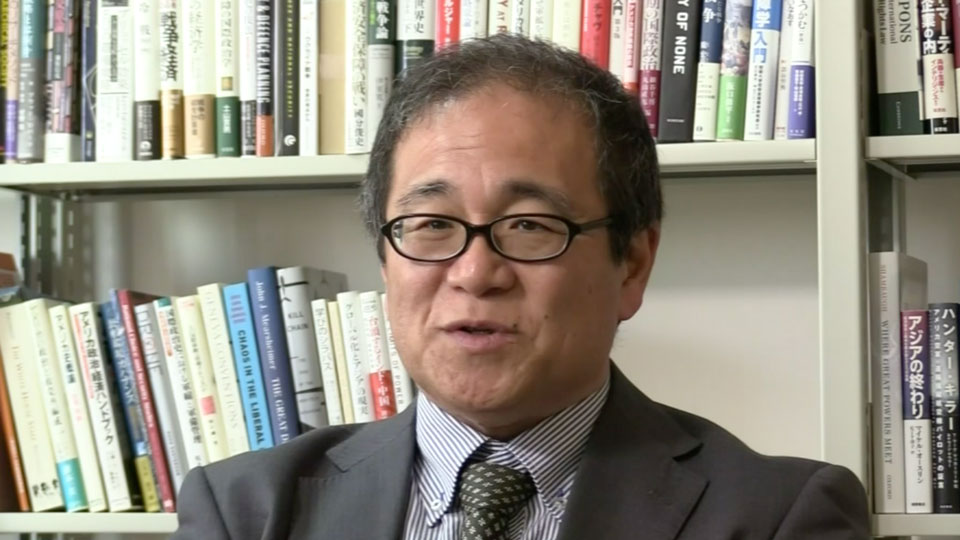
"In the Indo-Pacific, the US military does not have that many tactical bases," he says. "I also believe they don't have any bases which can be used for accumulating supplies, logistics, or gathering intelligence established near locations that may become actual battlefields.
"In that case, one of the key roles of the MLR would be to determine the extent to which the US military can use the assets of countries near the battlefields — including Japan, the Philippines, and possibly even Australia, Indonesia and Malaysia.
"They're most likely conducting these joint exercises with that in mind."
Impacting Okinawa
Many people in Okinawa are opposed to the existing US military presence – let alone more. A local expert predicts tensions may increase with the introduction of the MLR.
"The US military has stated that the MLR will be deployed in small units before a contingency or large-scale conflict occurs, and furthermore, that in order to successfully conduct activities as disaggregated units, there is a need for the MLR to utilize various locations even during times of peace," says Nozoe Fumiaki, an associate professor at Okinawa International University.
"I believe the US forces will continue expanding their military presence to various places even in the absence of war. The local residents would find the atmosphere becoming increasingly tense, as if war were imminent. In that sense, their anxiety will also likely increase."

The US has stated that the new Okinawa-based MLR unit, estimated at between 1,800 and 2,000 troops, will be formed by reorganizing the units already stationed there. The core message is that the burden on Okinawa will not increase, but prefectural officials are awaiting more detail.
Nozoe urges the Japanese government and US military "to ensure transparency through sharing information in advance." Even as Okinawa becomes increasingly important in the military strategy to counter China, he says it is "necessary … to further reduce the burden of the US military bases."
"The Marines likely understand that they can't operate without the understanding and support from the local community, so I feel it's necessary for Okinawa Prefecture to request more measures be put in place to remove any burden or anxiety the local residents may have," he says.
